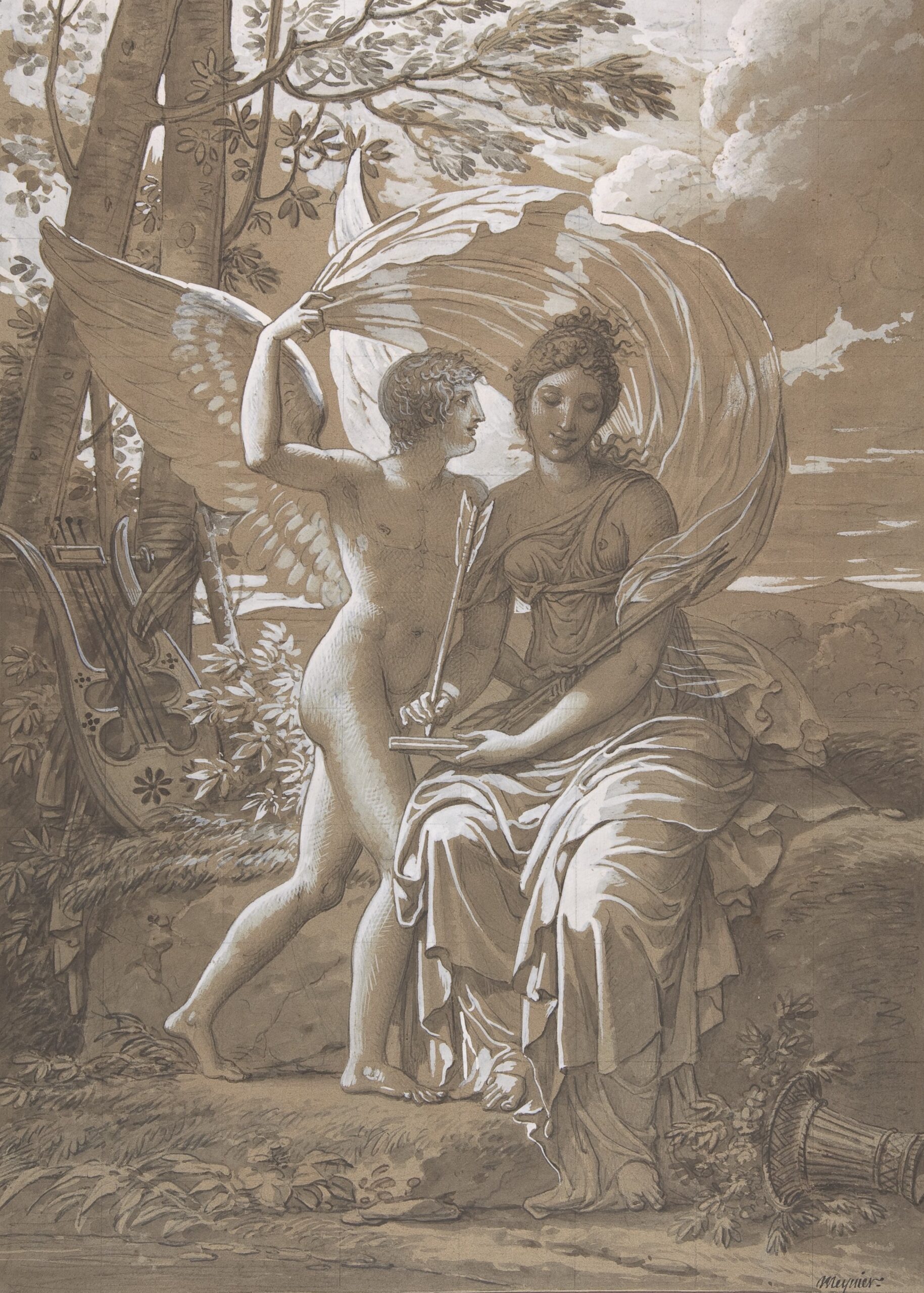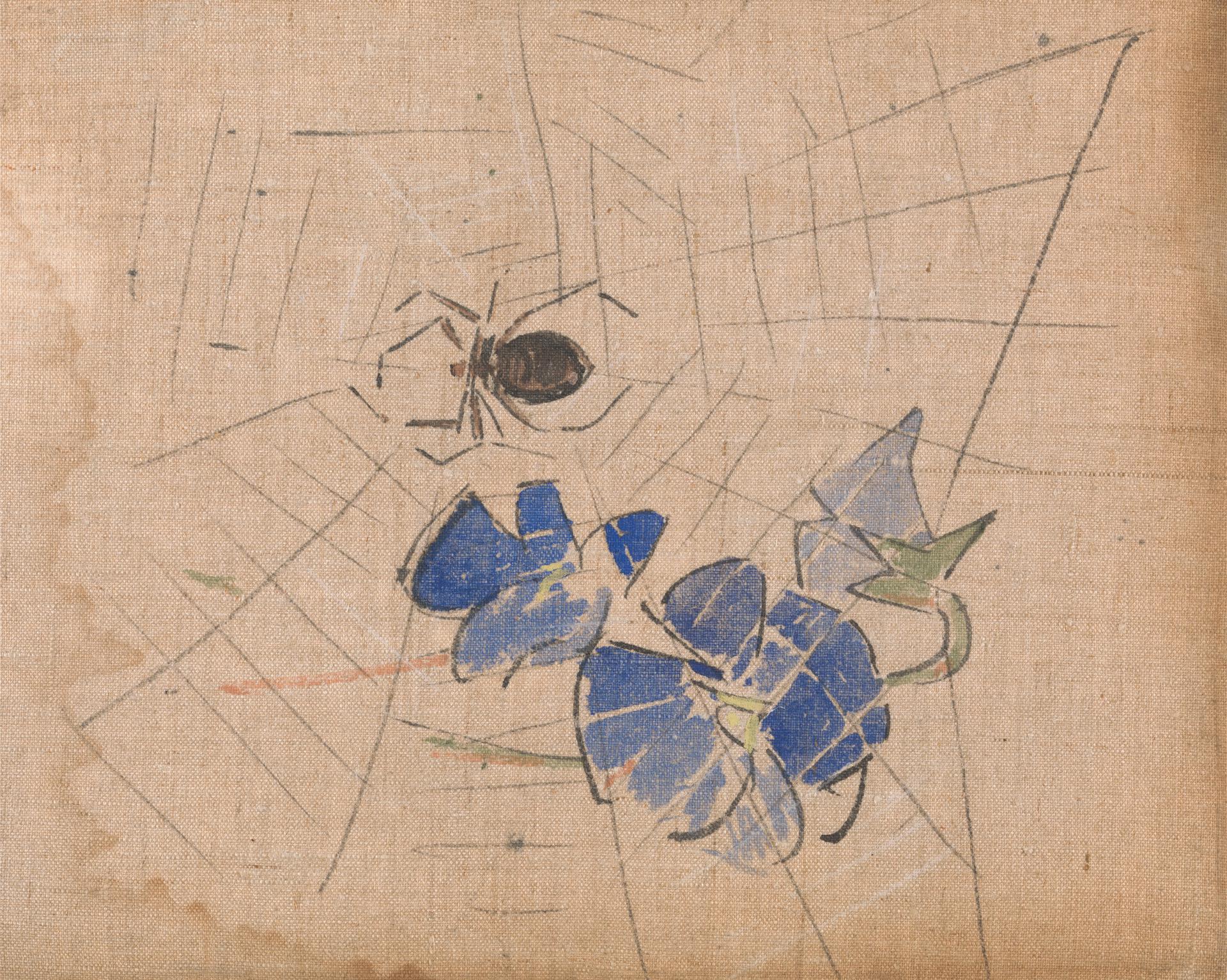One of the holiest forms of practice in Zen is the chanting of names of one’s Buddhist ancestors and teachers. In Japan, China, and Korea, prayers reciting one’s teaching lineage are a common part of the rituals, soaring back in Japanese, Korean or classical Chinese through the venerable line of monks, masters and saints, all the way back to Bodhidharma, the monk credited with bringing Buddhism from India to China. Every Zendo has a different founder and thus a different lineage; teachers proudly recite these chains as pedigrees of legitimacy and power. The thing all these traditional teaching lineages have in common is that they are made up almost exclusively of men. Women have participated in Buddhist traditions as far back as the time of the Buddha, but they exist only tenuously in the stories, poems, and songs: a nun in a folktale here, a relative of the Buddha there. When I first started reading Buddhist folklore and poetry as research for my novel about contemporary American women practicing Zen, I kept seeing signs of erasure. An unnamed nun who is one of the Buddha’s earliest followers; the Buddha’s stepmother, insisting she has the right to practice alongside men; girls entering convents because their birth shamed and disappointed their families. As in many other religions, the role of women has been largely erased from artwork, stories, and prayers, unless you know where to look.
 They’re there, though. And perhaps because they were excluded from telling stories in the traditional canon, Buddhist women’s stories often take the form of poetry. In the Therigatha, one of the earliest collections of Buddhist nuns’ writings, women sing of their lives before renunciation, and how freed they were from oppressive marriages or life choices by donning the yellow robe of a nun. This text, long forgotten, has been revived thanks to a luminous new translation from Buddhist scholar Susan Murcott in First Buddhist Women: Poems Stories of Awakening. In one typical example, a woman rejoices at joining the sangha (the Buddhist community) and leaving married life behind:
They’re there, though. And perhaps because they were excluded from telling stories in the traditional canon, Buddhist women’s stories often take the form of poetry. In the Therigatha, one of the earliest collections of Buddhist nuns’ writings, women sing of their lives before renunciation, and how freed they were from oppressive marriages or life choices by donning the yellow robe of a nun. This text, long forgotten, has been revived thanks to a luminous new translation from Buddhist scholar Susan Murcott in First Buddhist Women: Poems Stories of Awakening. In one typical example, a woman rejoices at joining the sangha (the Buddhist community) and leaving married life behind:
Free, I am free.
I am free
by means of the three
crooked things,
mortar, pestle, and
my crooked husband.I am free
from birth and death
and all that dragged me back.
Their stories are tragic and funny, and always personal. Unlike the stories of particular monks, which are characterized by magic powers and feats of miraculous strength, the nuns emphasize humility, community, and freedom. The nunnery meant freedom to many women forced into prostitution or trapped in abusive homes. In the Buddha’s India, life for women was strictly regulated and governed at every stage until the state of widowhood. Only when women had produced children and lost their duty to their husbands were they permitted to explore spirituality the way men could at any stage of their lives. Many of the women who became followers of Buddhism were widows, or had lost children, and their grief and sense of loss fills every line of their poetry. Only the life of the nun, the simplicity and the fellowship they found there, provided solace. In one dialogue, Mara, the god of deception and desire, tests one nun’s faith by reminding her of her rage and grief at the death of a beloved child. The nun replies:
I have finished with the death of my child,
and men belong to that past.
I don’t grieve.
I don’t cry.
I’m not afraid of you, friend.Everywhere the love of pleasure is destroyed,
the great dark is torn apart,
and Death,
you too are destroyed.
It is women who are drawn overwhelmingly to Zen practice today in America, and I think what draws them are often the same losses that drew women over two millennia ago. Zen in the west sometimes models itself as a form of therapy more than a religious practice; there are Zen groups for the bereaved and Zen hospice centers. The kind of experience Zen offers is powerful consolation for the ill, the dying, the anxious, or the bereft. It teaches us that life is fleeting and that clinging to worldly phenomena will only lead to suffering; being aware of each present moment and treasuring our interdependence as living beings can provide solace to those who have had chaos enter their lives.
It’s also refreshing not to be preached to or be given promises that can’t be kept. When I lost my mother to cancer, nothing irritated me more than the declarations that she was in heaven, or the more vaguely palatable “she’s in a better place.” I didn’t believe it, and I didn’t want to be told that there was some other realm where she was living a better life without the people she loved. I didn’t like the idea that her life was only a waiting room adjoining the real thing. My grief told me that her life was precious and that the suffering I felt at her loss was real. I looked to literature for consolation, and the poems and narratives of Buddhist women were a balm. In one classic folktale called “Vasitthi the Madwoman,” a woman who has lost her child to disease begins wearing rags and wandering homeless and bereft through her village. The Buddha tells her to go to every house and find a single one where someone has not died. Vasitthi visits every house but cannot find one where someone has not been lost to disease or old age or war. This realization—that death visits us all, and that we will all be united, ultimately, in grief—is oddly soothing and cures Vasitthi of her madness and rage. She dons the yellow robe and becomes a nun. The Buddha does not offer empty promises or explanations; he only makes her aware of grief as a universal human condition.
Zen, in its quiet way, has infiltrated American culture. Today you can find a Zen or Tibetan center or a private residence with a few zafu mats laid out in almost every city and town in the country. There’s the Dalai Lama’s personal North American headquarters in Rochester and Chogyam Trungpa’s massive compound in the Hudson Valley; the San Francisco Zen Center, Naropa University in Boulder, private Zendos and basement meditation rooms in Brooklyn, Boston, and Seattle. You can see its influence in a television ad for a new flavor of ginger ale, in which a man-bun-wearing white guy seated on a mat asks what nirvana tastes like. You can participate in Japanese tea ceremonies at cultural centers around the country or visit the Buddhist Temple Room in the museum of fine arts of Boston. You can listen to the poetry of zen, the haiku, taught in elementary school classrooms and studied on college campuses. There’s a sanitation and appropriation of the religion going on right now, with businesses sending their employees to “mindfulness meditation” and articles written on how mindfulness can increase your chances for a promotion at work or help you burn belly fat. There’s mindful eating and mindful jogging and mindful mothering. The practice and the philosophy of Zen is a powerfully compelling antidote to the perceived problems of American life, and it has been neatly unzipped from the culture, language, and ritual of its roots. As Americans often do, we look elsewhere for solutions—to another culture, to a snowy mountaintop, to an exotic stranger.
As in most religious traditions, women have been marginalized in Zen, treated as “tea ladies” or accessories to the spiritual genius of men. But there’s a new tradition becoming popular in Zen centers across the country: the chanting of female teachers’ names, as part of the ritual of remembrance, reverence, and respect. Members of the Zendo begin their practice with prayers to the Buddha, the dharma, and the sangha: the teacher, the teaching, and the community. And then they begin the long recitation of forgotten women, invisible teachers, unsung women. There are a surprising lot to get through. In fact, they’ve been there all along down the centuries, writing about their experiences of the divine. They’ve been passing down their own poems and songs. And current leaders of Zendos and Tibetan centers are increasingly women. There’s Elsie Mitchell, founder of the Cambridge Buddhist Association; Maurine Stuart, the first female Zen master to teach in the U.S.; Zenkei Blanche Hartman, the San Francisco Zen Center’s first abbess. They are the leaders of the next generation of American Zen. Now the long, elegant lines of teaching lineage, once exclusively male, are peppered with female names, Western names, a funny hodgepodge of old and new, tradition and translation.
Image: Pixabay/truthseeker08









